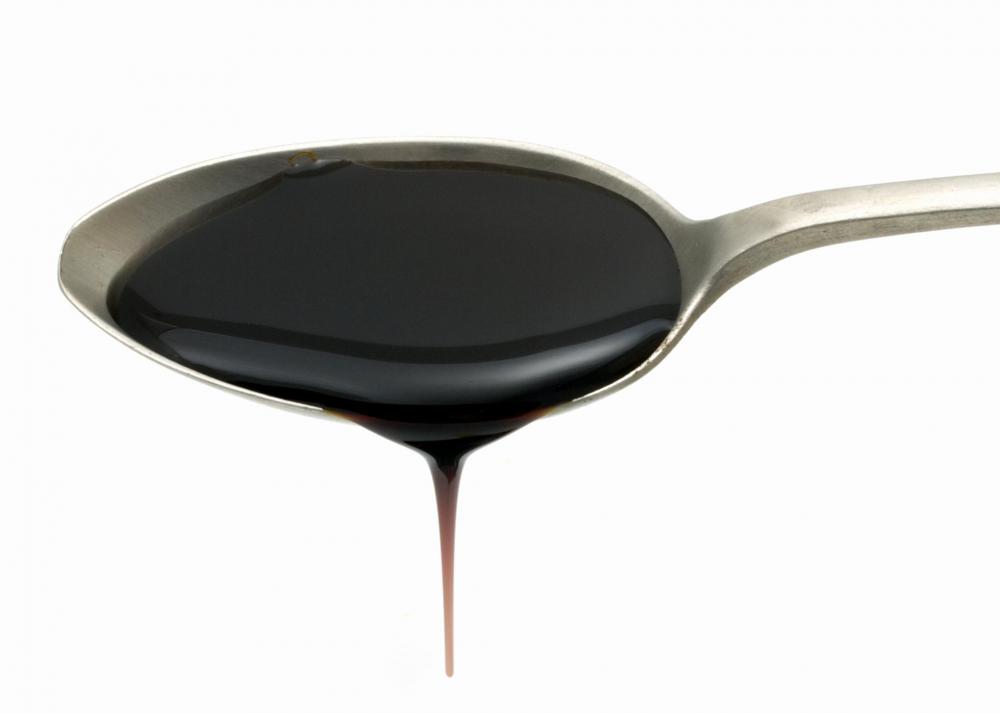At DelightedCooking, we're committed to delivering accurate, trustworthy information. Our expert-authored content is rigorously fact-checked and sourced from credible authorities. Discover how we uphold the highest standards in providing you with reliable knowledge.
What is Cane Sugar?
Cane sugar is sucrose which has been extracted from sugarcane, a tropical plant which produces naturally high concentrations of this sweet substance. Humans have been utilizing cane sugar in cooking for hundreds of years, and cane sugar was at one point a major element in global trade. Today, most markets carry cane sugar in a variety of forms, from minimally processed raw sugar to sugar cubes; cane sugar typically tends to be a more expensive form of sucrose, but many people prefer it because they believe it has a superior flavor.
Sugarcane is actually a type of grass. The grass forms fibrous tall jointed stalks which are rich in sugar; as early as 3,000 BCE, people in India were crushing the stalks to get juice and then evaporating the juice to create sugar crystals. Throughout Southeast Asia and the Middle East, cane sugar was used for centuries before it was introduced to Europe, where honey had been the only available sweetener. Shortly before 1000 CE, sugarcane was under cultivation in Spain, and the Spanish brought sugarcane with them to their Caribbean colonies, where it became a linchpin in the so-called “Triangular Trade” of slaves, sugar, and rum.

To create cane sugar, sugarcane is harvested, leaving the roots intact so that new canes will form in the following year. The cane is run through presses which essentially mangle it to get the juice out, and then the juice is evaporated in a purification process before being boiled and then allowed to crystallize. This end product is known as raw sugar, and it is very dense and sticky with an intense flavor. Sugar producers typically store raw sugar until they know what sort of sugar it should be refined into.

In the refining process, the sticky, rich molasses is separated from the raw sugar. The result can be dark brown sugar, light brown sugar, or white sugar, depending on how heavily refined it is. Once refined, the sugar can be packaged and sold, while the molasses is packaged separately for sale in stores and as an additive to livestock feed. Many sugar plants utilize the fiber left over from the crushing process in the first stage as a fuel to run their facilities.

Cane sugar makes up around 70% of the world's sugar production, with beet sugar making up the remainder. Many sugar producers claim that there is no difference between cane and beet sugar, but this is not actually the case. While the two are almost chemically identical, there are small differences between cane and beet sugar which can cause unexpected results when cooking. Brown beet sugar is especially notorious for unreliable performance, while white beet sugar is almost indistinguishable from white cane sugar.
AS FEATURED ON:
AS FEATURED ON:















Discussion Comments
It is also grown in Queensland, Australia.
The Triangle Trade" is so named not because of "slave, sugar rum" but because of the passage from Europe to Africa to the Caribbean back to Europe; map it, it forms a triangle.
cane sugar is purchased in grocery stores (Domino Cane Sugar) in the baking section or organic at Trader Joe's or Whole Foods. It will say "cane sugar" specifically on the package.
Would cane sugar slow the melting point of ice, just like salt.
what's the difference between cane sugar and regular sugar? chef emam
Where would a person get cane sugar?
What are some brand names of cane sugar sold in stores?
Brown sugar has molasses added back in. the way you describe it is wrong.
what's the difference between cane sugar and regular sugar?
in fiji.
Where would a person get cane sugar?
Post your comments